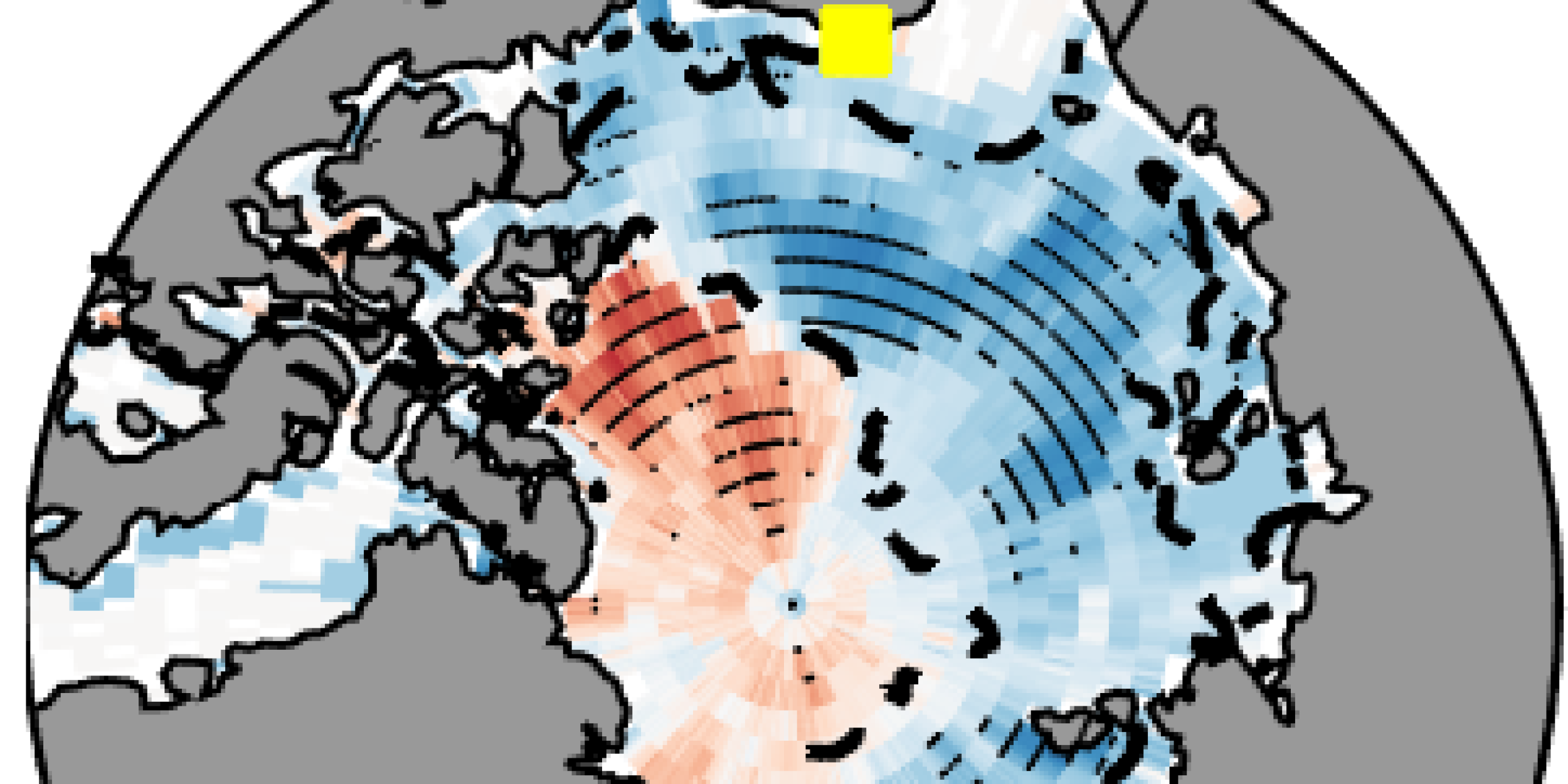Past research suggests the atmosphere in the Arctic influences the properties of sea ice during spring season, which in turn may influence sea ice concentrations in the fall. The role of clouds for this sea ice fall extent is complicated, especially because clouds both cool the surface by reflecting shortwave radiation upward and warm the surface by emitting longwave radiation downward.
A study funded by the CPO’s Climate Observation Division confirms previous research suggesting spring clouds may be influencing arctic sea ice concentrations in the fall. A paper of the study, which used surface-based observations from Barrow, Alaska, was recently published as an early online release in the Journal of Climate.
Abstract:
Recent studies suggest that the atmosphere conditions Arctic sea-ice properties in spring in a way that may be an important factor in predetermining autumn sea ice concentrations. Here, the role of clouds in this system is analyzed using surface-based observations from Barrow, Alaska. Barrow is a coastal location situated adjacent to the region where interannual sea ice variability is largest. Barrow is also along a main transport pathway through which springtime advection of atmospheric energy from lower latitudes to the Arctic Ocean occurs. The cloud contribution is quantified using the observed surface radiative fluxes and cloud radiative forcing (CRF) derived therefrom, which can be positive or negative. In low sea ice years enhanced positive CRF (increased cloud cover enhancing longwave forcing) in April is followed by decreased negative CRF (decreased cloud cover allowing a relative increase in shortwave forcing) in May and June. The opposite is true in high sea ice years. In either case, the combination and timing of these early and late spring cloud radiative processes can serve to enhance the atmospheric preconditioning of sea ice. The net CRF (April and May) measured at Barrow from 1993 through 2014 is negatively correlated with sea ice extent in the following autumn (r2 = 0.33, p < 0.01). Reanalysis data appears to capture the general timing and sign of the observed CRF anomalies at Barrow and suggests that the anomalies occur over a large region of the central Arctic Ocean, which supports the link between radiative processes observed at Barrow and the broader Arctic sea ice extent.
Access the paper: http://journals.ametsoc.org/doi/abs/10.1175/JCLI-D-16-0136.1



